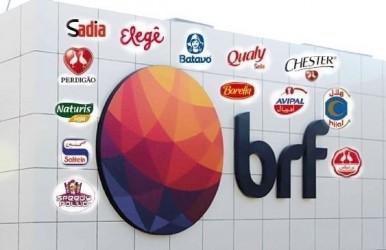BRF SA’s Financial Resurgence: A Turn of Fortune in Late 2023
In a dramatic shift within the volatile global food industry, BRF SA, a major Brazilian player in poultry and pork processing, marked a significant departure from its prolonged financial slump. The company, which faced seven successive quarters of losses, made headlines by posting a net profit of 823 million reais ($165.26 million) in the last quarter of 2023. This profit exceeded market expectations and showcased BRF SA’s strategic finesse and adaptability amidst fluctuating market conditions and operational challenges.
Related: Marfrig Becomes Dominant Shareholder of BRF
Key Drivers Behind BRF’s Success
A combination of strategic initiatives and favorable market conditions underpinned BRF’s financial revival. A significant drop in corn prices, crucial for the company’s feedstock, substantially lowered production costs. Furthermore, under the guidance of CEO Miguel Gularte, BRF implemented operational improvements and optimized its predictive market strategies, enhancing its logistical and efficiency metrics. The recovery was also fueled by a boost in exports, driven by 66 new plant authorizations, which expanded BRF’s international reach, particularly in the Gulf region with an increased demand for halal products.
The Bigger Financial Picture
Although the final quarter showed impressive performance, BRF’s overall annual financial health remained challenged, with a second year of losses totaling 1.87 billion reais. Despite this, the year saw significant strides in profitability, particularly in the international segment where double-digit EBITDA margins were achieved. Domestically, a rise in processed food demand improved BRF’s margins significantly. The generation of 613 million reais in cash during the fourth quarter also highlighted the company’s successful operational and financial adjustments.
Future Prospects: Navigating a Complex Landscape
Looking forward, BRF SA faces a blend of challenges and opportunities. The global food market’s unpredictability, shaped by geopolitical tensions, climate change, and evolving consumer tastes, poses a continual challenge. However, BRF’s commitment to operational excellence and market expansion positions it well to navigate these uncertainties. The story of BRF’s turnaround extends beyond mere financial recovery, illustrating a journey of resilience, strategic planning, and continuous improvement in a dynamic industry context.
